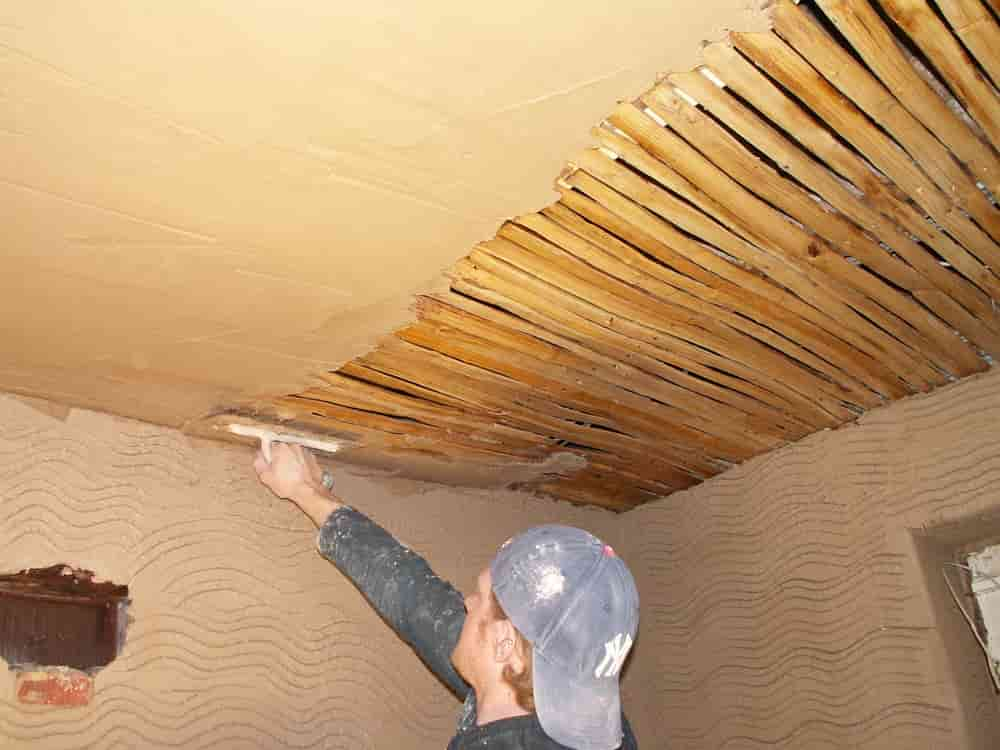The Perils of Lath and Plaster Ceilings
Saturday, 21st December 2013
Surveying
Thursday evening’s collapse of a section of the ceiling at the Apollo Theatre in London brought in to sharp focus the need to maintain ceilings in period properties.
Looking at the pictures of the Apollo’s interior there is much ornate plasterwork but being built in 1901 the base of the ceiling will undoubtedly be of lath and plaster type. The laths (approx. 32mm wide by 6mm thick) are securely nailed to the timber joists above but the lime based plaster, which can be up to an inch thick, is held in place by being forced through the gaps and hooking over the tops of the laths where it sets.

The ceilings of modern properties tend to be plasterboarded and skimmed and are considerably more stable.
Lath and plaster ceilings do not react well to vibration or water ingress. Plaster is brittle by nature and will crack at its weakest point under vibration. In practice that means the nibs that wrap around the laths and keep the ceiling in place snap off. If enough of them snap off the weight cannot be supported and the ceiling collapses.
Similarly, water from above soaks into the porous plaster and weakens the nibs. Some onlookers at the Apollo Theatre were quoted as saying water dripped through the ceiling just before the collapse on what was a very wet evening in London. It is unlikely that water ingress on the evening would have been enough to bring the ceiling down but if water had been dripping undetected over a long period on to a ceiling that had already been weakened by vibration the combination could have caused the collapse. There is an investigation underway so we will find out the cause in due course.
I know from my own experience that ceiling collapses are relatively common in residential properties. Up until last year I lived in a 1930s semi in North London which had lime based lath and plaster ceilings in all rooms. We were having breakfast one morning when we heard a bang in the rear reception room which then filled with dust; approx. two thirds of the ceiling had come down. I blamed my son whose bedroom was above and who used to regularly perform a flying dismount on to the floor following a trampoline session on the bed. I had to revise that theory when half the ceiling to the front reception room came down a couple of days before we were due to exchange contracts on the sale.
Fortunately there was nobody in either of our rooms when the ceilings came down as being hit on the head by a inch thick slab of plaster could have caused some damage. I also recall a section of the ceiling in the front room of my grandparent’s Edwardian property coming down shortly after the council installed a speed bump directly outside. It had been fine for a 100 years but according to the council it was just a coincidence.
When surveying properties for our clients we look for evidence that old ceilings may be becoming unstable; uneveness, hairline cracks and hollowness are all tell tale signs. If you are worried about your own property a gentle tap with the handle of a broom should tell you whether the ceiling plaster is hollow and should be replaced.
